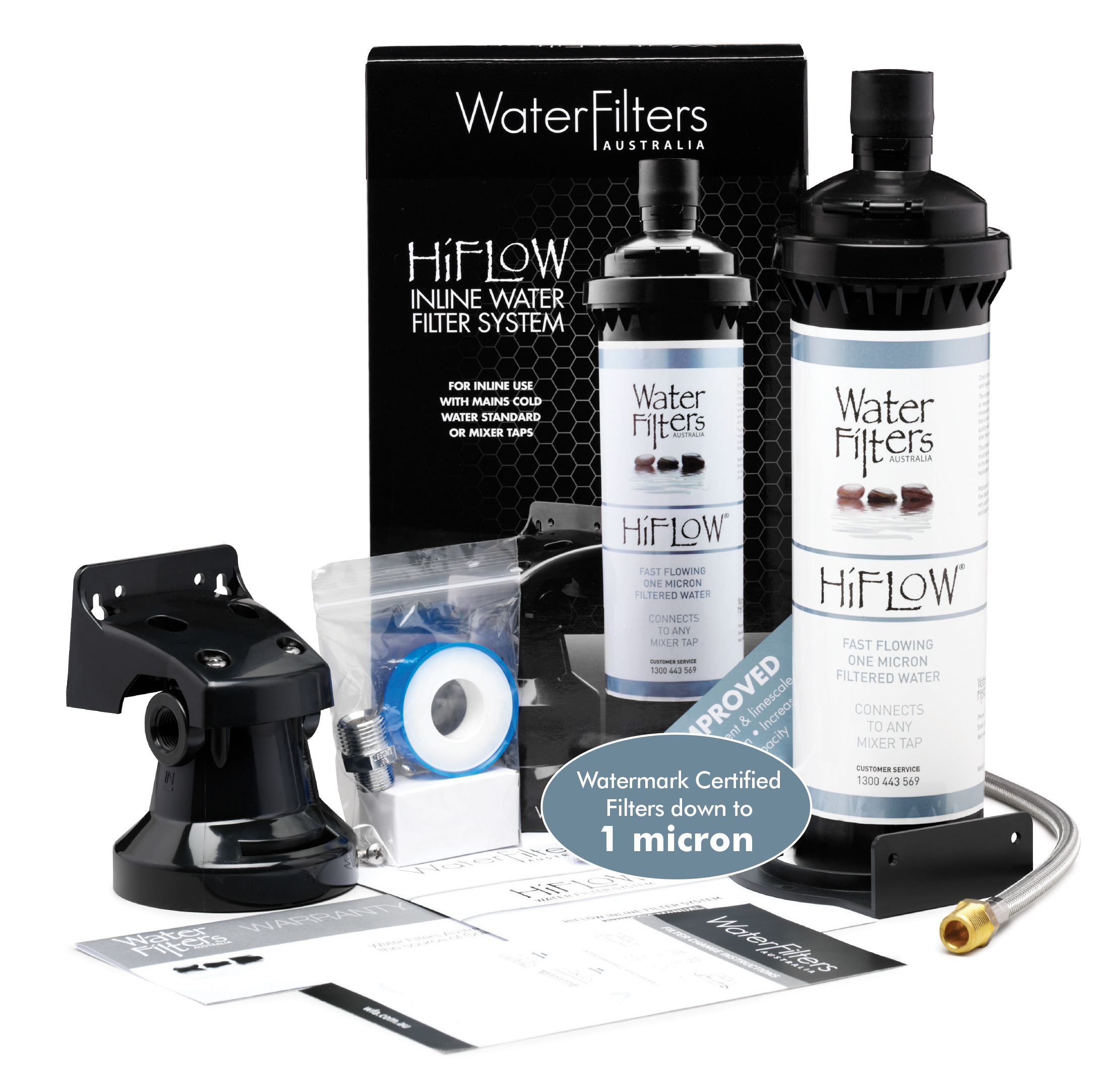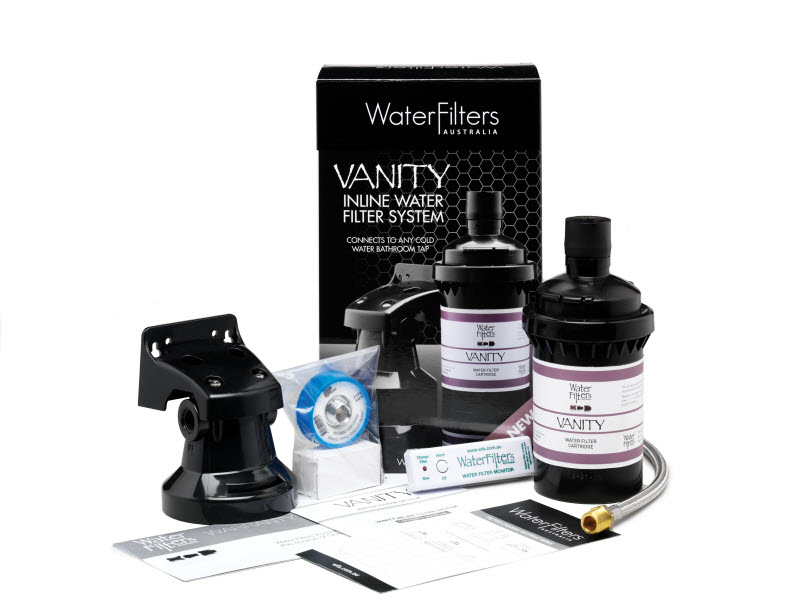How A Water Filter Works
Coconuts and water filters.
It’s an odd combination, but let us explain.
The inside of our HiFLOW® water filters is made from coconut husk. Well, it’s a little more advanced than that. It’s actually carbon which is fired and then steam-cleaned… but it started out life as a coconut!
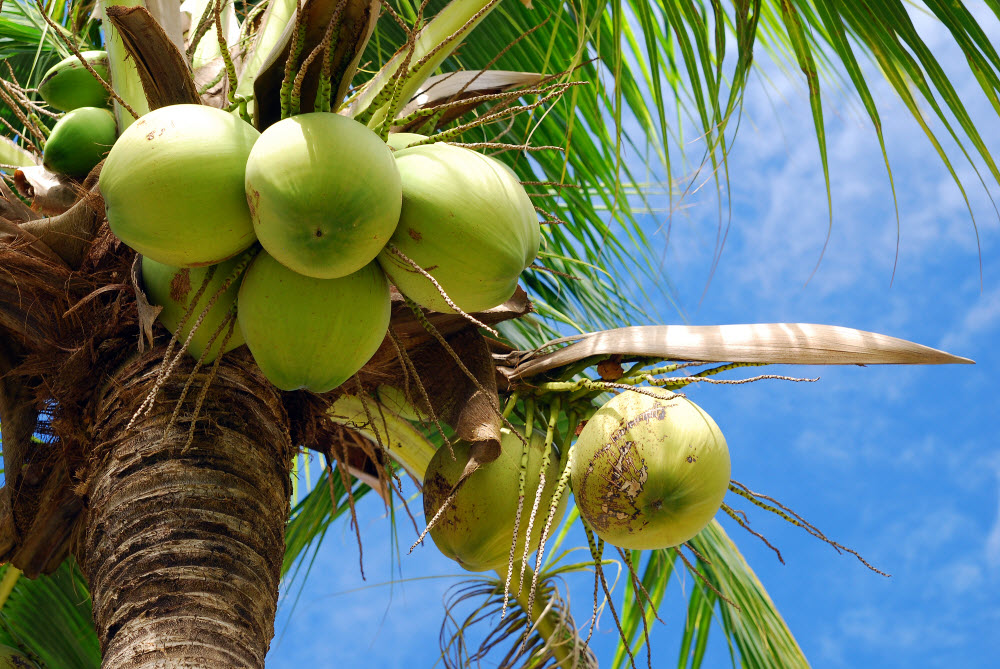
The humble coconut is everywhere. And for good reason. It’s one of nature’s true multitasking gems.
The coconut inside our water filters is just one part of HiFLOW®’s water filtration process. There are two stages – mechanical and chemical filtration.
Let’s go through both.
Mechanical Filtration

There are a whole range of particles in our tap water. Things like sediment, rust and cysts.
Each particle is classed by its ‘micron’ rating. Rated by size, the smaller the particle, the lower the micron rating.
Let’s put it into perspective – a strand of hair has a diameter of 75 microns and the smallest particle visible to the human eye is 40 microns in size. Cysts such as giardia and cryptosporidium are 1 – 4 microns in size.
The HiFLOW® 1 micron system uses a combination of a sediment wrap and carbon block to filter everything down to 1 micron in size, so it’s producing super high-quality water.
Chemical Filtration
The second stage of the process is called chemical filtration. This process addresses the smell and taste of the water.
Since tap water is treated with chlorine and passes through old underground pipes before it reaches the kitchen tap, it can often have a not-so-great smell and taste.
This is where the carbon filter comes in.
HiFLOW® water filters use a food-grade carbon block. The tiny pores in the carbon ditch the chlorine and the nasty odour and taste that tap water has.
The result is fresh and delicious filtered water with none of the nasties.
The carbon advantage
HiFLOW®’s carbon block system covers both the mechanical and chemical filter processes.
Let’s take a closer look at how it all works…
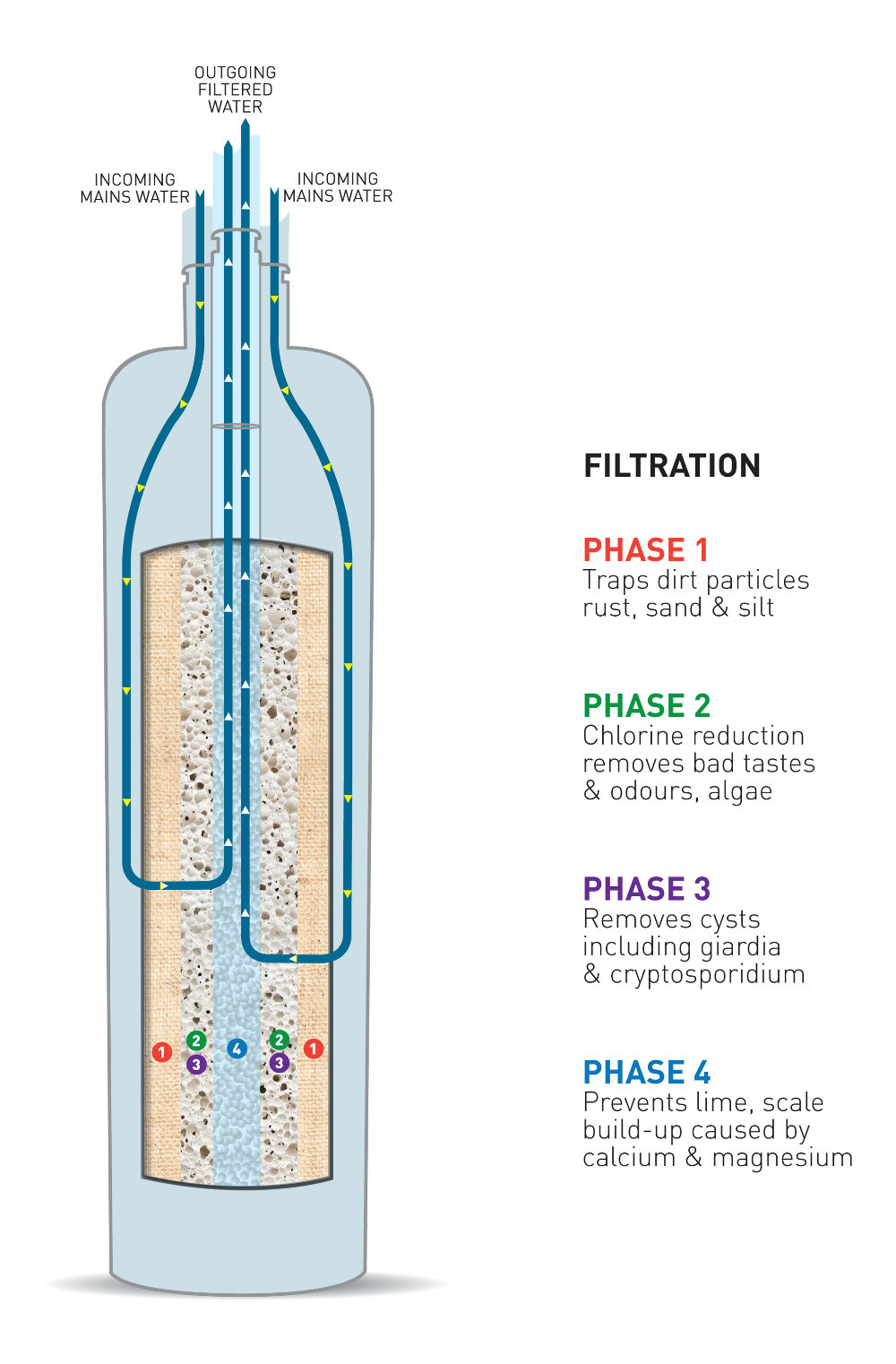
Phase 1
The water comes in through the inlet at the top and its pressure pushes it through the filter media.
The carbon block inside is a hollow cylinder. The outside coating is called the ‘sediment wrap’ and this is what traps the larger particles first. It’s essentially a pre-filter that gets rid of the big bits like dirt, sand and silt.
Phases 2 & 3
Once the water has passed through the first phase, it gets forced through the carbon block which takes care of phase 2 and 3.
The carbon’s pores not only trap small particles, but also filters everything down to one micron. It traps any cysts like giardia and cryptosporidium that may be in the water and gets rid of the chlorine which causes the bad smells and taste.
Phase 4
Once the water has passed through the carbon block, it then travels through the hollow of the cylinder. Inside that hollow is a substance called polyphosphate. This coats the calcium and magnesium particles and inhibits their ability to stick onto things like your kitchen kettle. That means no more limescale!
Since polyphosphate dissolves over time, it is recommended that the cartridge is changed every 12 months. Doing so will make sure the filtration of water is at its best and everything is running smoothly.
HiFlow® offers the best methods in water purification because we believe that everyone deserves the best in filtered water.
Search our stockists and find out why HiFLOW® is the way to go.
Want to know more? Send us a message or call our friendly team on 1300 443 569.
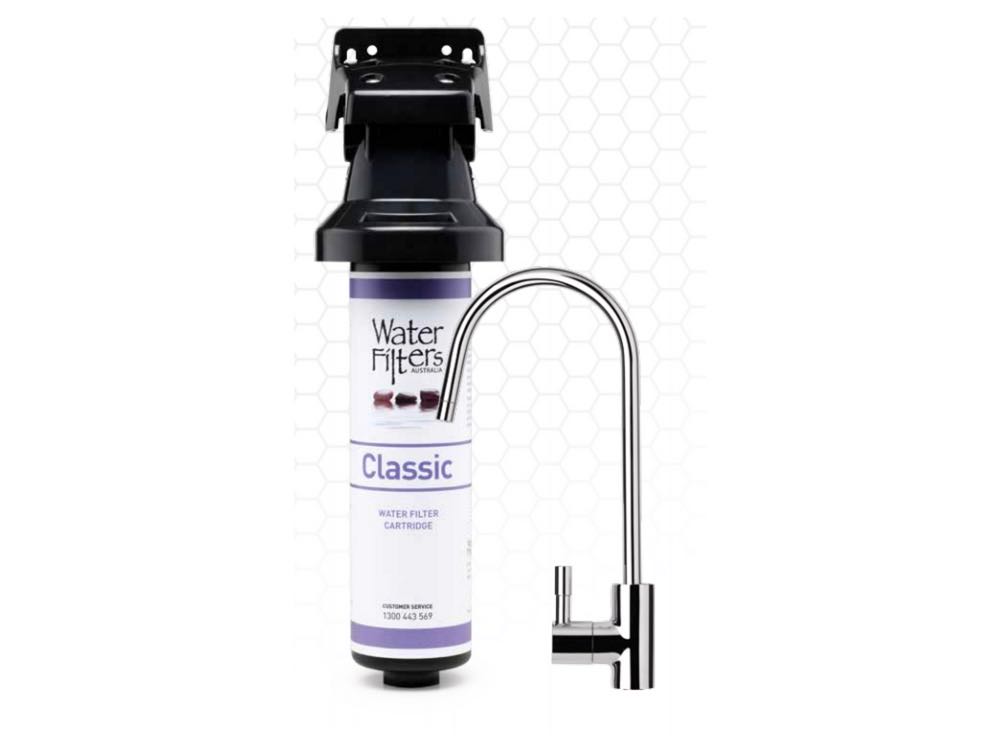
Classic Filter System
Traditional filter tap system with a dedicated filter tap above the bench and WFA Classic filter system discretely concealed under the bench.
Read More
